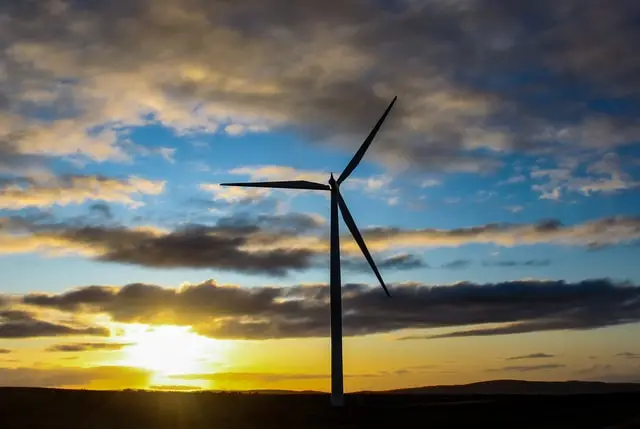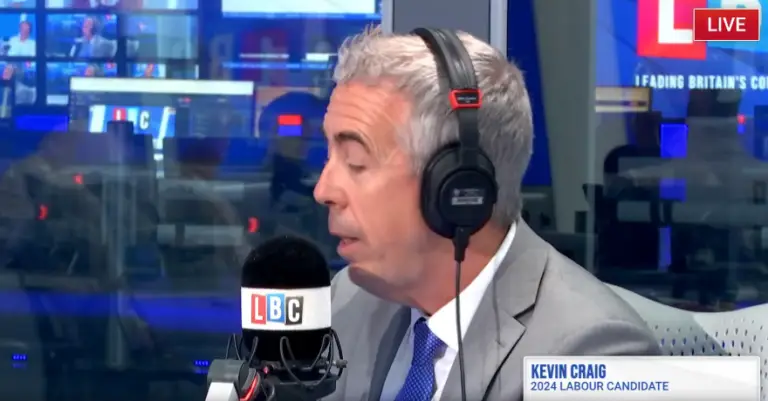Today’s Energy Security Strategy was never part of the Government’s legislative agenda heading into 2022.
Following a year in which the UK hosted COP26, prompting a raft of energy and sustainability policy, a comparatively quiet year had been planned on this front.
Yet events from the edge of Europe have transformed the picture, throwing fuel on an already escalating price crisis, and fundamentally changing the geopolitics of energy supply.
That the Government has sought to respond to this is clearly right. Consumers, and businesses, should be protected from rising prices as much as possible, and the UK – bestowed with enviable natural and technological advantages – should be doing far more to quickly secure its energy independence and generate its own future.
However, many are seeing today’s strategy as a failure on both counts, arguing that there is not enough which offers protection to households in the short term, while the medium-term remedies are not prioritising the most cost-effective options.
To give the Government its dues, there are few levers, beyond subsidy, which can be pulled in time to make an impact for the coming winter. However, there are some which can come on stream faster than others, and have a bigger impact on bills.
Firstly, retrofit. The UK has been crying out for a comprehensive retrofit strategy for years, to help address Europe’s most porous and inefficient building stock. Effective retrofit would reduce bills, improve health and wellbeing, and accelerate the net zero transition. Delivering this at the scale required will require a significant investment in upskilling sufficient tradespeople, and a thought-through approach is required to avoid the failures of recent policies like the Green Homes Grant and Green Deal.
The 2019 Conservative Manifesto appeared to understand this, pledging to spend £9bn on energy efficiency. Yet today’s Strategy fails to address retrofit entirely, with the Treasury having blocked a £200m investment proposed by the Business Secretary and Number 10 into the Energy Company Obligation (ECO), which pays for energy efficiency improvements in the UK’s poorest households.
If not addressing the infrastructure, another short-term measure could have been behaviour change. The International Energy Agency recently recommended turning the thermostat down by 1 degree to damage Russia – and this week the backbench Conservative 1922 Committee produced a report proposing advice on usage as a realistic remedy for escalating bills in the winter ahead. Again, nothing is included here, though this could still come before winter bites.
The second major area which could have the biggest short-term impact is onshore renewables. Solar and wind are the cheapest ways to generate electricity, have short construction times, and the falling costs of storage and smart grid technologies are helping mediate the associated intermittency.
Yet the Strategy only proposes a ‘limited’ expansion of onshore wind, without addressing the planning blockages that effectively prevent it in England. Solar fares slightly better, with a consultation on planning reforms due both for land-based and rooftop, and a suggestion that that capacity ‘could’ expand fivefold by 2035, but no formal target.
Offshore wind, conversely, has been a national success story, and an area where the Government deserves significant credit. it is no surprise to see the sector expected to pick up more of the slack, with a new target of 50GW backed by changes to planning rules which the Government says will halve deployment timelines from the current 13 years.
Staying offshore, the licensing of new North Sea oil and gas fields, in the face of evidence that we already have more global reserves than we can safely burn, suggests the environment could be another of Putin’s victims, and will have little impact on prices, which are set by global markets.
The boldest of the commitments within the strategy are around nuclear, with the Government targeting a major scale up to 24GW by 2050, and new delivery body established to support this. Backing nuclear is the right thing to do, given the need to massively ramp up low carbon generation capacity, but ‘quick’ and ‘cheap’ are not words historically associated with the industry, despite the potential of new modular technologies.
Likewise, hydrogen is another big winner from the strategy, and one the Government is right to back, but the proposed 10GW target by 2030 ‘subject to value for money’ is a drop in the ocean compared to the contribution that could be made by retrofitting homes and ramping up proven onshore renewables.
Despite the delays, the Government has had to move relatively quickly to pull this Strategy together. Perhaps it is therefore understandable that it feels rushed, with edits reportedly being made right up to last night. Yet, even being charitable, the paper reads more like a diffuse long-term industrial policy than a coherent remedy to the current crisis.
Ultimately, it is hard to avoid the conclusion that today’s Strategy is more representative of a divided Government than a confident answer to the challenges of a precarious new era.





